What's next for Austin's Project Connect? Opponents say legislative, legal challenges.
The Austin City Council’s approval in June of a downsized initial plan for a new light rail system — an almost 10-mile, on-street line that will transform the city’s transit map — was the culmination of more than two and a half years of work since voters first approved the concept in November 2020.
The centerpiece light rail system, with capital costs expected between $4.5 billion and $4.8 billion, is the most expensive and complicated element of the voter-approved Project Connect improvements, which include new rapid bus routes, park-and-ride locations, a commuter rail line and anti-displacement funds.
Now given the go-ahead, officials with the Austin Transit Partnership — a local government corporation created by the city and Capital Metro to design, finance and build the light rail system — are focused on engineering the system and conducting an environmental analysis required to seek federal grants, which officials expected will cover more than half of the total costs.
The timeline to complete an engineering and environmental analysis can vary, partly because collaboration with the U.S. Department of Transportation’s Federal Transit Administration is required, but projects with similar scope to Austin’s generally conclude those efforts in two or more years, said Jennifer Pyne, Austin Transit Partnership's executive vice president of planning and risk management.
Other elements of Project Connect, including the use of $300 million in anti-displacement funds, are humming along, though some delays have popped up for certain associated projects.
But challenges raised earlier this summer about the project’s financial model — chiefly by state lawmakers in the Legislature — might not be completely settled. Aside from legislative challenges, supporters and opponents of the project expect the matter could be fought out in court, though no legal action has been officially put forth.
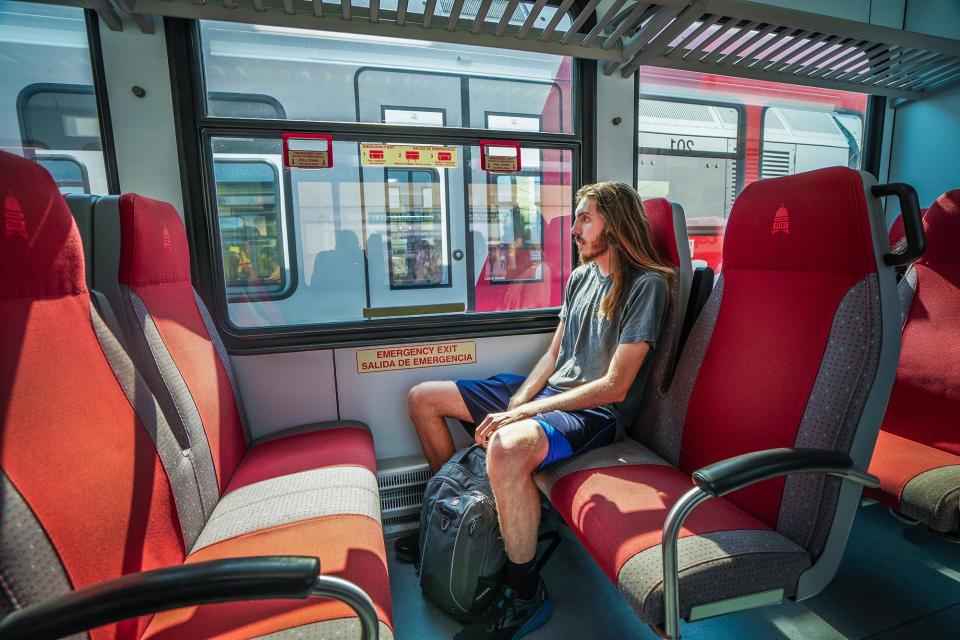
Challenges to light rail system's finance model could resurface
Austin voters approved the project by a more than 15 percentage-point margin in November 2020, giving the go-ahead to build 28 miles of light rail lines through the city. The rail concept was then projected to cost $5.8 billion, making up most of the $7.1 billion overall estimate for Project Connect.
The proposal, referred to on the ballot as Proposition A, raised the ad valorem property tax rate by 8.75 cents to help pay for the project, including costs associated with the maintenance and operations of the system. The change represented a nearly 20% increase to the city's ad valorem property tax rate.
But, less than two years later, the projected costs grew by an additional $4.5 billion, putting the estimated price tag at about $11.6 billion. Local transportation officials, who at the time said the higher price was a result of climbing costs to acquire property and surging inflation that had driven up costs for materials and labor, reduced the plans to the less than 10-mile line approved earlier this summer.
The inflated price tag caught the attention of state lawmakers. State Rep. Ellen Troxclair, R-Lakeway, penned House Bill 3899, which would have required the Austin Transit Partnership to obtain voter approval before issuing bonds. After passing through committee and a House floor vote, the bill underwent significant changes in the Texas Senate, where Sen. Paul Bettencourt, R-Houston, tweaked the legislation to comport with a nonbinding legal opinion he had requested from now-impeached Texas Attorney General Ken Paxton.
Ahead of a House vote on the amended bill, state Rep. John Bucy, D-Austin, called for a point of order, arguing Bettencourt's amendments changed the intent of the bill that had initially passed the House. The House parliamentarian agreed, ultimately killing the bill because there was insufficient time left to pass it before the end of the regular session.
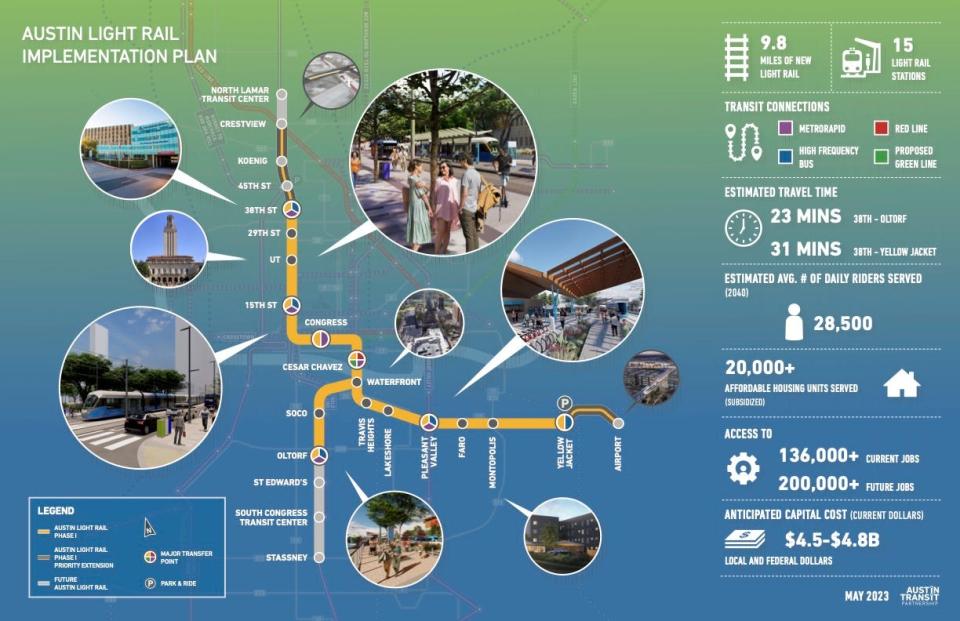
Troxclair, a former Austin City Council member, told the American-Statesman she would continue to pursue the issue in the next legislative session.
"I feel very confident that voters and taxpayers will ultimately have the transparency and recourse that they deserve," Troxclair said.
Pointing to the attorney general opinion, which stated the city made “mistakes” in creating the fund and “misstatements to the voters” in the November 2020 election, Troxclair said it was clear the city was "circumventing existing state law" and trying to use an illegal funding mechanism.
Austin Mayor Kirk Watson, in an entry in his Watson Wire newsletter after the bill died, said the city gained a better understanding of how to move the Project Connect forward as a result of the attorney general opinion, though he forecast that “new legislative challenges” and litigation from opponents of Proposition A could be on the horizon for Project Connect.
Bettencourt did not respond to a request for an interview.
Through a public relations firm, the Austin Transit Partnership did not discuss or comment on the possibility of future challenges to its Project Connect finance model. But it did issue the following statement from Rebecca Giello, Austin Transit Partnership's chief of staff and senior vice president:
“ATP remains focused on the work that the voters approved in 2020 and that the Austin City Council and other policy leaders directed in June with the approval of the Austin Light Rail Implementation Plan. ATP will continue to work with partners — including the community, industry, local businesses and the Federal Transit Administration — to implement Project Connect on behalf of the residents of Austin.”
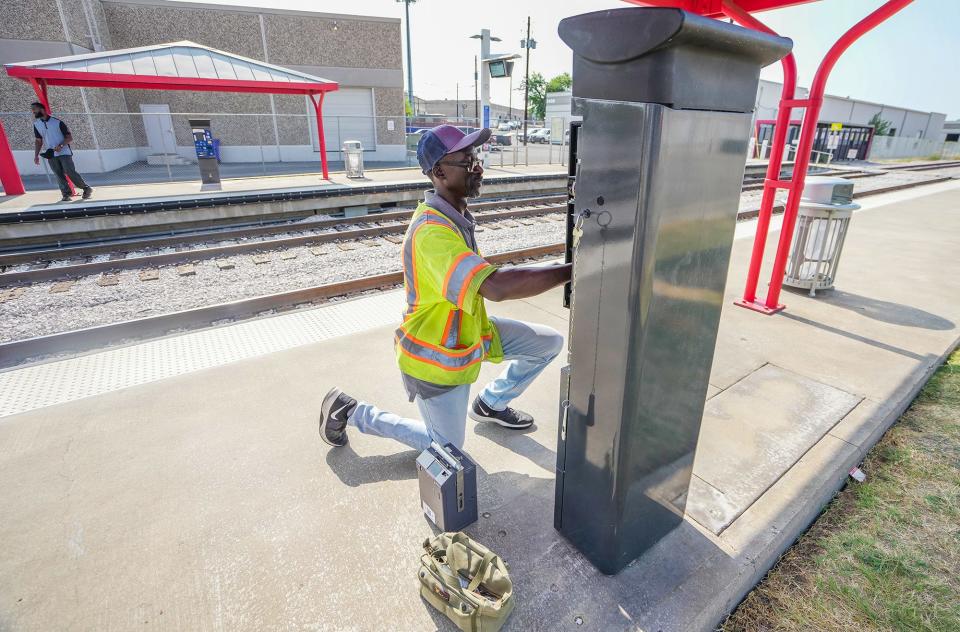
Delays to portion of Project Connect by CapMetro
As part of Project Connect, CapMetro aims to establish new high-frequency bus transit routes — called MetroRapid — and improve upon its existing Red Line, a 32-mile passenger rail service running from downtown Austin to Leander.
Project Connect includes plans for four new MetroRapid lines. CapMetro announced in February that two of the routes planned to be implemented first — the Pleasant Valley MetroRapid and Expo Center MetroRapid — would not be up and running until early 2025, a two-year setback from the initially planned 2023 rollout.
The delay is the result of shipping delays and planning shortcomings associated with the required charging infrastructure for electric buses, said Sharmila Mukherjee, CapMetro's executive vice president and chief strategic planning and development officer.
Both new routes would be served by electric buses. In 2021, CapMetro's board of directors approved a deal to purchase buses from two companies. During a five-year period, the agreement allows for CapMetro to purchase additional buses, with the maximum being 197 buses between both companies — an amount CapMetro said was the nation's largest electric vehicle procurement to date.
More on CapMetro's EV moves: Amid bankruptcy filing, EV maker Proterra commits to deliver 40 buses to CapMetro
The environmental analysis needed for the new lines has been completed. In March, as part of President Biden’s Bipartisan Infrastructure Law, the Federal Transit Administration announced it would give CapMetro $65.6 million to split between the two new MetroRapid lines, meaning federal funds would cover more than 60% of the costs for each.
CapMetro has two existing MetroRapid routes: the 801, which runs from the Domain to near where Texas 290 and Menchaca Road cross; and the 803, which runs from the Tech Ridge Center to Southpark Meadows.
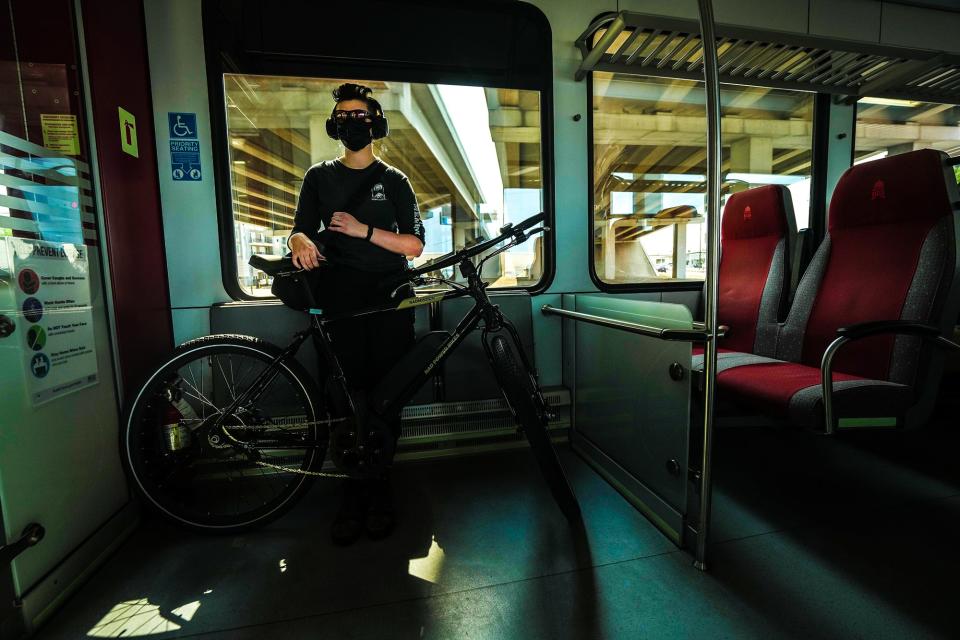
Some anti-displacement funds have been used
As part of Proposition A, Austin voters approved the allocation of $300 million for anti-displacement efforts associated with the buildout of Project Connect.
To date, nearly $60 million has been expended or committed for land acquisition and preservation; real estate development; or community-initiated solutions, according to Kasi Jackson, a spokesperson for the city's housing department.
Through its subsidiary Austin Housing Finance Corp., the city has sought to preserve three affordable housing developments near the proposed Project Connect lines: Midtown Flats, a 40-unit multifamily development; SOCO 121, a 52-unit multifamily development; and City View at the Park, a 70-unit affordable senior housing complex. All housing units will be income-restricted to provide "long-term affordability" to low-income individuals and households, Jackson said.
Funds for real estate development as part of Project Connect are used to support the acquisition, rehabilitation and construction of affordable housing. To date, Jackson said, the city's housing finance corporation has awarded more than $21 million to five developments that will create more than 400 income-restricted units in gentrifying areas in proximity to Project Connect.
As part of community-initiated solutions, Jackson said the city has awarded a total of about $16.5 million to 12 organizations to provide programs and resources to address displacement pressures.
Ongoing Red Line improvements as part of Project Connect
Two new stations for CapMetro's Red Line — one of which is partially funded as part of Project Connect — are in the works.
Work is underway on the new McKalla Station, which will be just outside the Q2 Stadium soccer stadium in the North Burnet Road area. Construction for the nearly $58.8 million project, which includes a double-track design, two platforms for passengers to board and connecting walking and bike paths, is expected to conclude before the start of Austin FC's 2024 season in February.
"We're incredibly proud to be able to deliver and construct that project on time and on budget," said CapMetro's Mukherjee.
In addition to double-tracking around McKalla Station, CapMetro is planning a number of improvements to the Red Line. Those improvements will allow CapMetro to offer 15-minute pickup intervals sometime in the future, Mukherjee said.
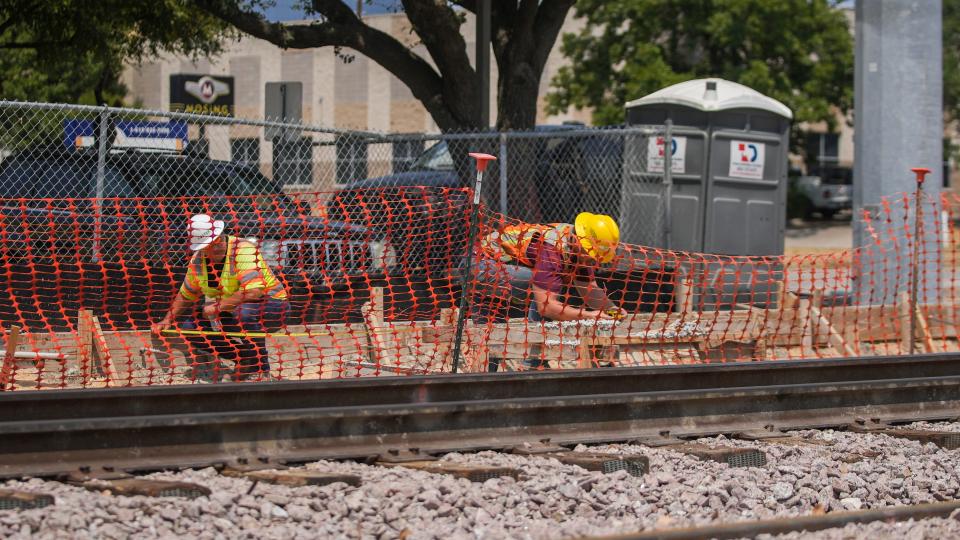
The proposed Broadmoor Station, a new stop Mukherjee said is not a part of Project Connect because the project is being delivered through a public-private partnership between CapMetro and Brandywine Realty Trust, will be located at Brandywine Realty Trust's future Uptown ATX development off North MoPac Boulevard and adjacent to the Domain.
Through the public-private partnership, Broadmoor Station was initially projected to cost $24 million, with CapMetro and Brandywine Realty Trust paying $12 million each. In February, in a filing with the Texas Department of Licensing and Regulation, CapMetro estimated the project could actually cost $35.5 million.
Mukherjee told the Statesman the more than 48% cost increase was the result of the economic effects of the COVID-19 pandemic, including inflation and supply chain issues.
Though CapMetro held a groundbreaking ceremony for Broadmoor Station in January, construction has not begun, and the project is currently in the final phase of the city's site development process. Once a permit is received and construction begins, completion is estimated to take two years, CapMetro spokesperson Tawaun Cole said.
Once the Broadmoor Station is operational, the current Kramer Station, located near where Kramer and West Braker lanes cross, will be decommissioned.
This article originally appeared on Austin American-Statesman: Austin's multibillion-dollar Project Connect moves forward

